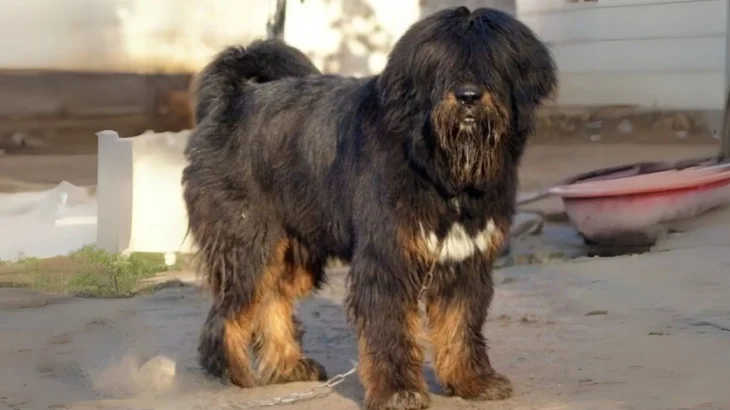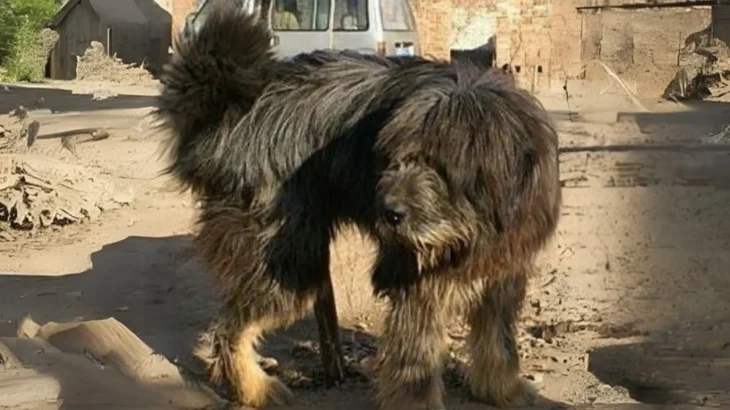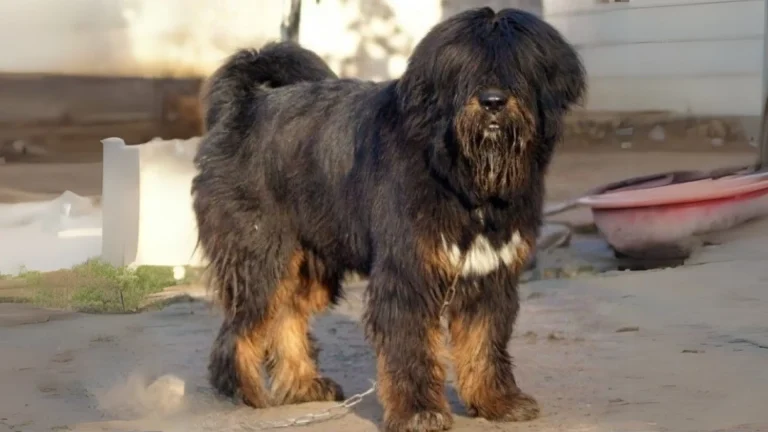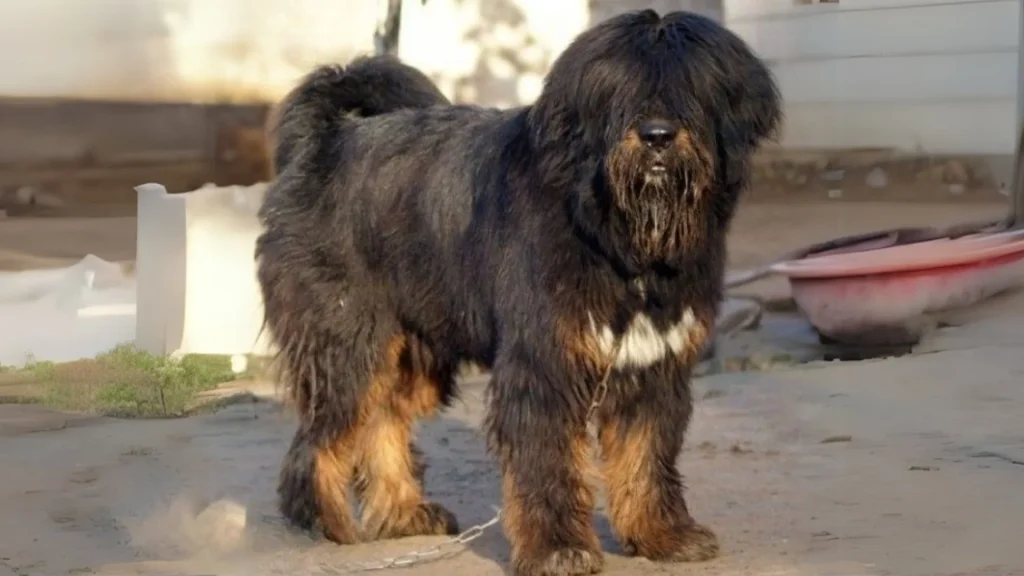When deciding to bring a Tibetan Kyi Apso puppy into your home, you might wonder whether adopting or purchasing from a breeder is the better route. Each choice has its unique benefits related to cost, health transparency, and ethical factors for this particular breed. Understanding these differences can help you make the best decision for your family and the dog.
Adoption vs. Breeder: Pros & Cons
| Criteria | Buying from Breeder | Adopting from Shelter/Rescue |
|---|---|---|
| Cost | Usually higher due to purebred status and breeder expenses. | Lower fees, making it more budget-friendly. |
| Health History | Comprehensive health checks and genetic info usually provided. | Health background may be incomplete or unknown, though basic exams occur. |
| Age Availability | Primarily young puppies, allowing you to raise them from the start. | Varied ages available, including adults which might already be trained. |
| Temperament Insight | Breeders can share lineage temperament traits and behavior tendencies. | Temperament observed firsthand but may lack detailed background. |
| Supporting Practices | Supports responsible breeding practices when choosing ethical breeders. | Supports animal welfare by giving homes to dogs in need. |
| Ethical Considerations | Risk of supporting unethical breeding if not careful; research needed. | Promotes rescue over commercial breeding, helping reduce overpopulation. |




















































